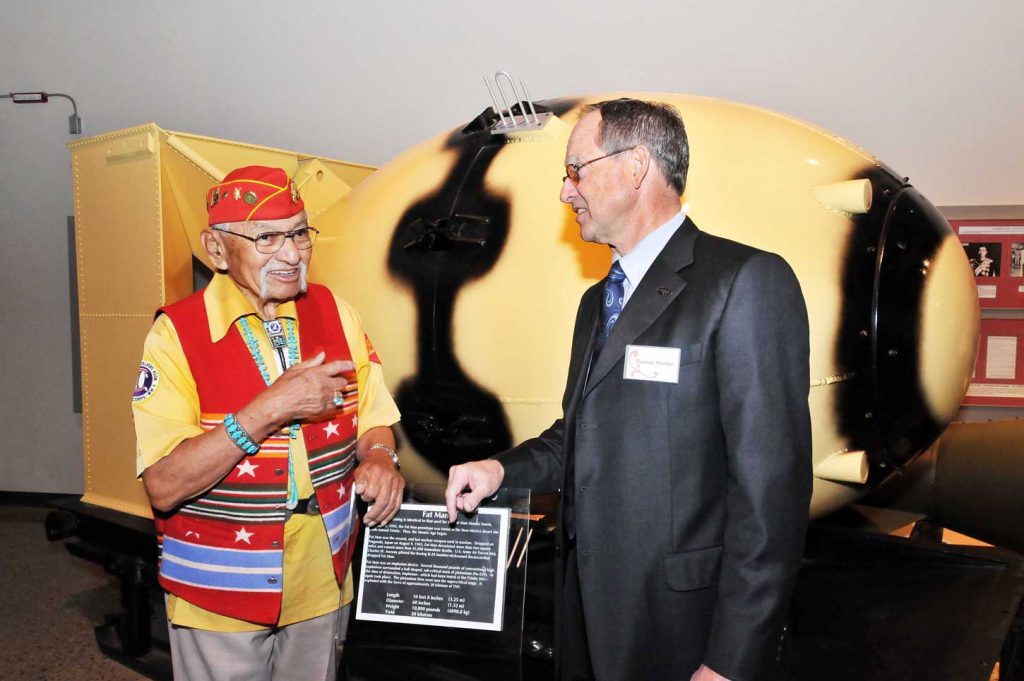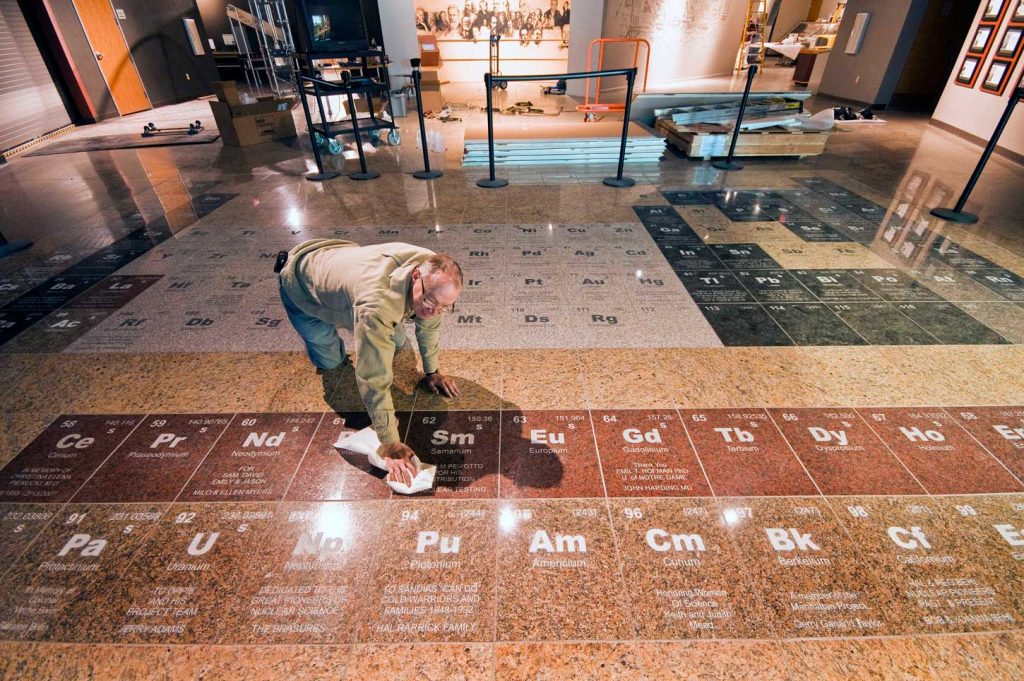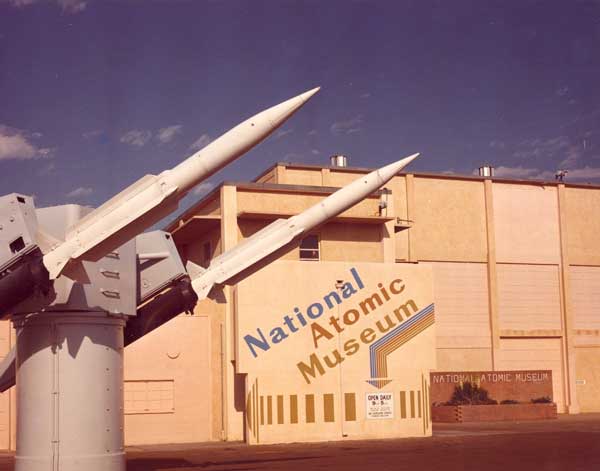
Everyone can remember where they were as the United States began to realize it was under attack by terrorists on the morning of September 11, 2001. The team at the National Museum of Nuclear Science & History, then known as the National Atomic Museum and located on Wyoming Blvd. on Kirtland Air Force Base, was gathered around a small television set kept in the museum library for viewing breaking news. Many staff were in tears watching the towers burning, which then turned to shock as the towers came tumbling down.
As the museum’s team was watching the events in New York and Washington unfold on the news, museum Executive Director Jim Walther was called to the front desk. Sure the visitor was there to discuss the tragic incidents unfolding across the nation, Jim composed himself and walked to the front of the museum, to be greeted by four Air Force military guards. Due to heightened security measures, all museum visitors and non-essential personnel were asked to vacate the museum immediately and were then escorted off base. Shortly thereafter, Jim received word from Air Force Base Wing Command Headquarters across the street that the National Atomic Museum was to be closed immediately until further notice.
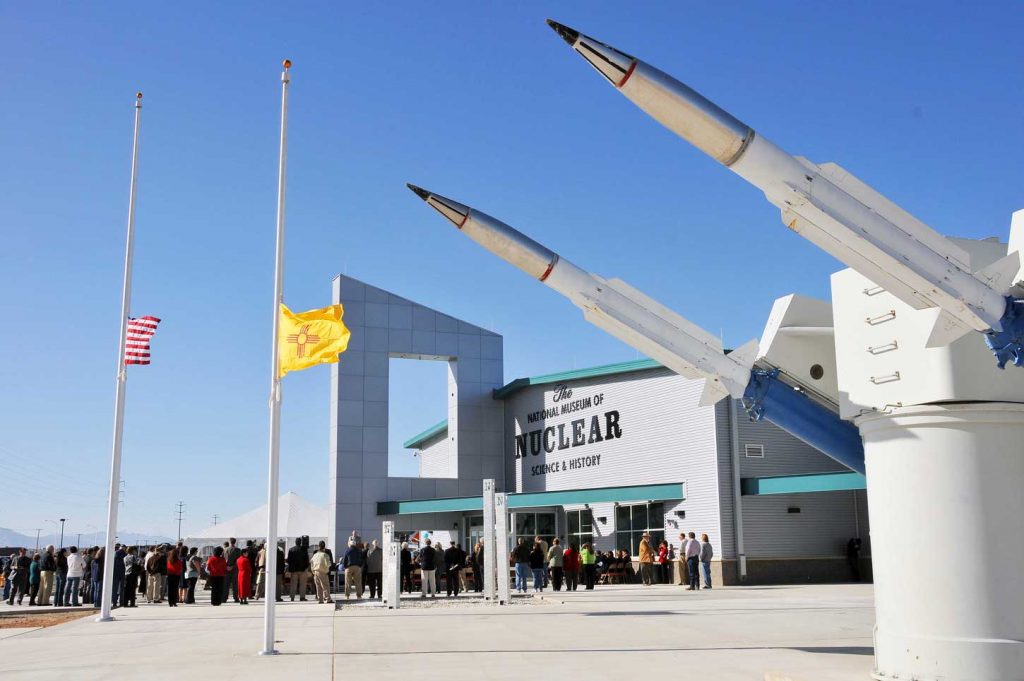
NEW AND IMPROVED — Visitors gather outside the museum to celebrate the long-anticipated opening of the new facility in April 2009. Its original home, a high-bay hangar on Kirtland Air Force Base, became unviable after the 9/11 attacks led to tightening base access. (Photo by Randy Montoya)
By 3 p.m., the small staff had gathered their belongings and left for the day, not knowing when they would have access to the museum and reopen to the public. Though more than half the staff were Sandia employees at that time, a number were employed by the nonprofit National Atomic Museum Foundation. There was understandable worry by some, as certain jobs were in jeopardy without the museum remaining open to earn money.
After two days with no word on reopening, and the base still closed to the public, Jim requested that the team member who ran the museum gift store reach out to the local malls to see if it was possible to rent one of the small carts in the open concourses to generate some revenue by selling museum store merchandise while the museum remained closed. The museum rented a whole storefront at Winrock Mall, and museum employees began moving the museum store merchandise into the mall, opening a small store on September 21, 2001, just 10 days after the attacks. The store in the mall did so well as the holiday season approached that the foundation did not have to lay off anyone.
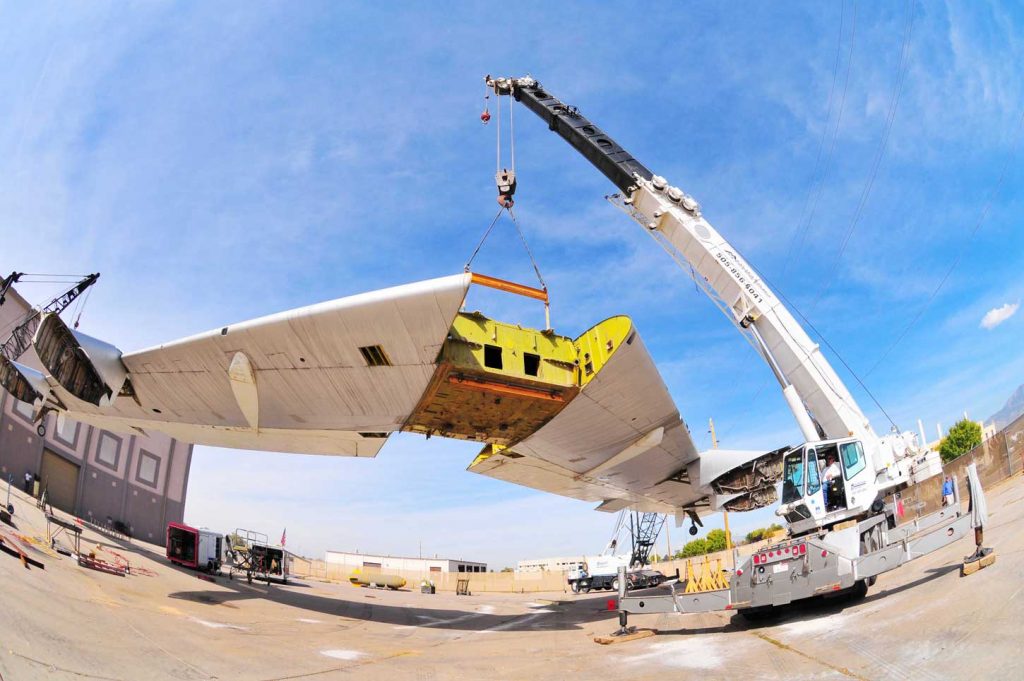
Due to very heavy restrictions on base access and visitors, there was a growing possibility the museum would never be allowed to reopen at its location of 32 years on Kirtland Air Force Base. Since the National Atomic Museum was and still remains the only congressionally designated museum in the nuclear field, it is and was required to be open to the public, and the Department of Energy needed to ensure that it was. It was a call to Senator Pete Domenici’s office by the museum foundation’s president that helped move along the process of reopening. On May 11, 2002, the National Atomic Museum reopened in a temporary home in the old REI building in Albuquerque’s Old Town, and the museum’s board of trustees set their sights on a new facility that would include a $10 million capital campaign.
As the effort to realize a newly created museum facility began to bear fruit, Sandia decided to separate the museum as its own operation. In doing so, the museum became more responsive to community needs, lowered Sandia operating costs and off-loaded the risks to build and run the new facility to the partner organization, the National Atomic Museum Foundation. On April 3, 2009, owned by the foundation and operating independently of Sandia, the National Museum of Nuclear Science & History reopened to the public in a new facility with a new name, exhibitions and programs.
In the intervening years, over 1 million visitors have enjoyed the new museum, over 40,000 students have participated in programming and over 10,000 local children have engaged in “Science is Everywhere” camp activities. The 9/11 tragedy was a horrible loss to the nation but became to generator of new growth for the National Museum of Nuclear Science & History.
